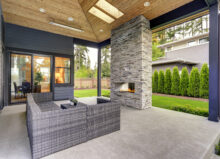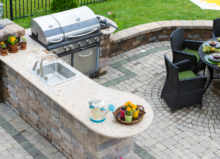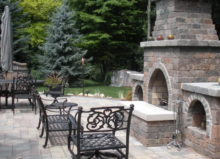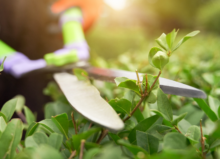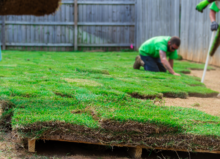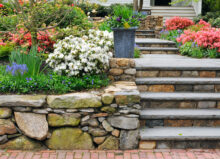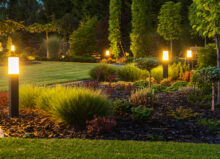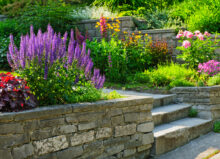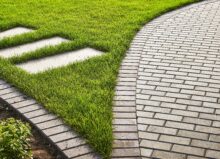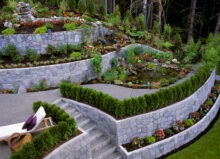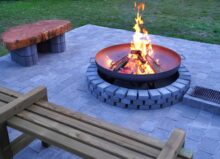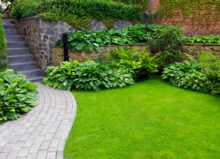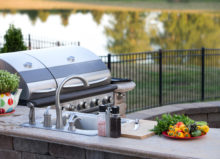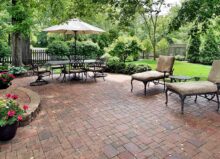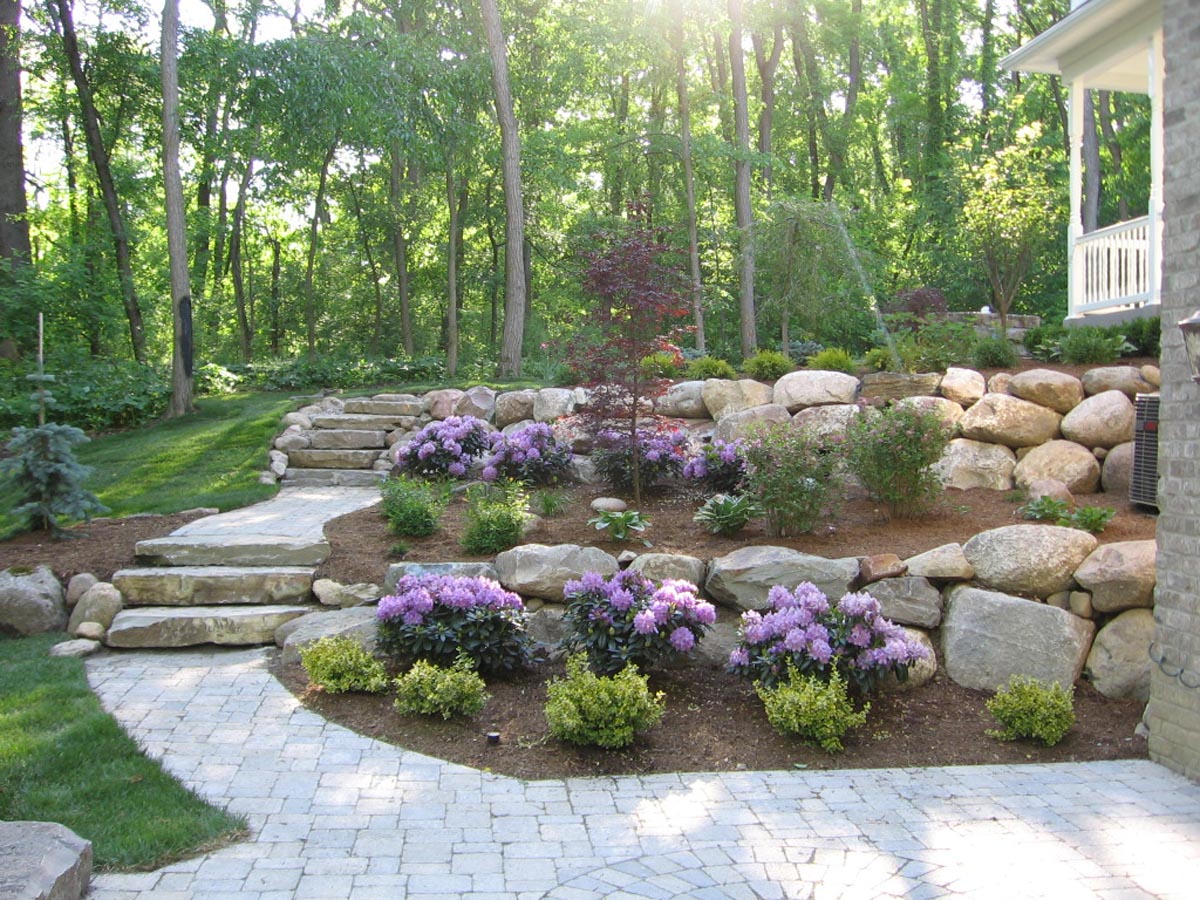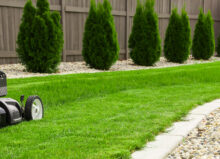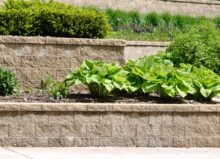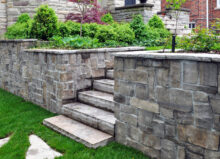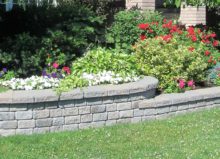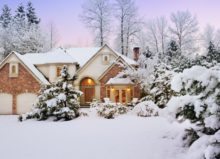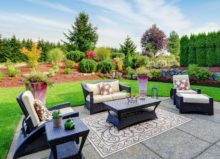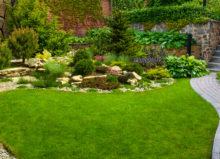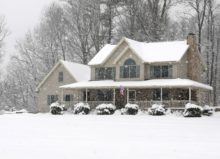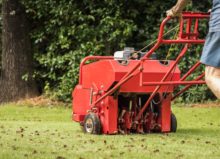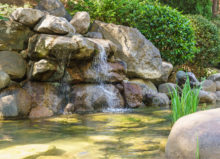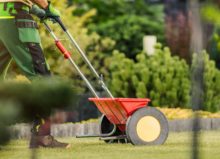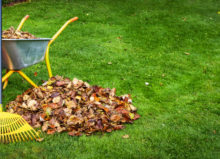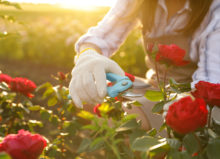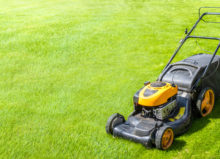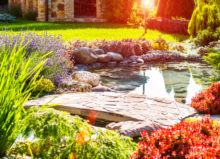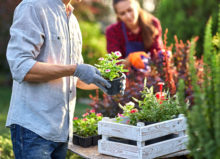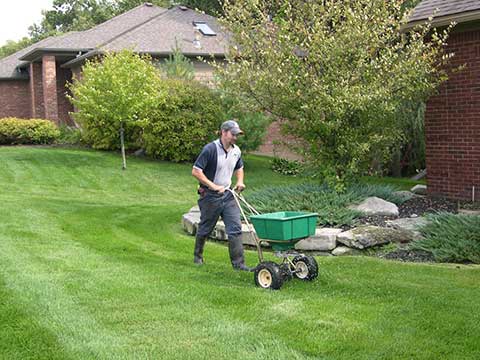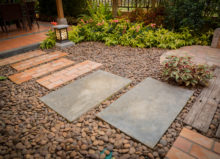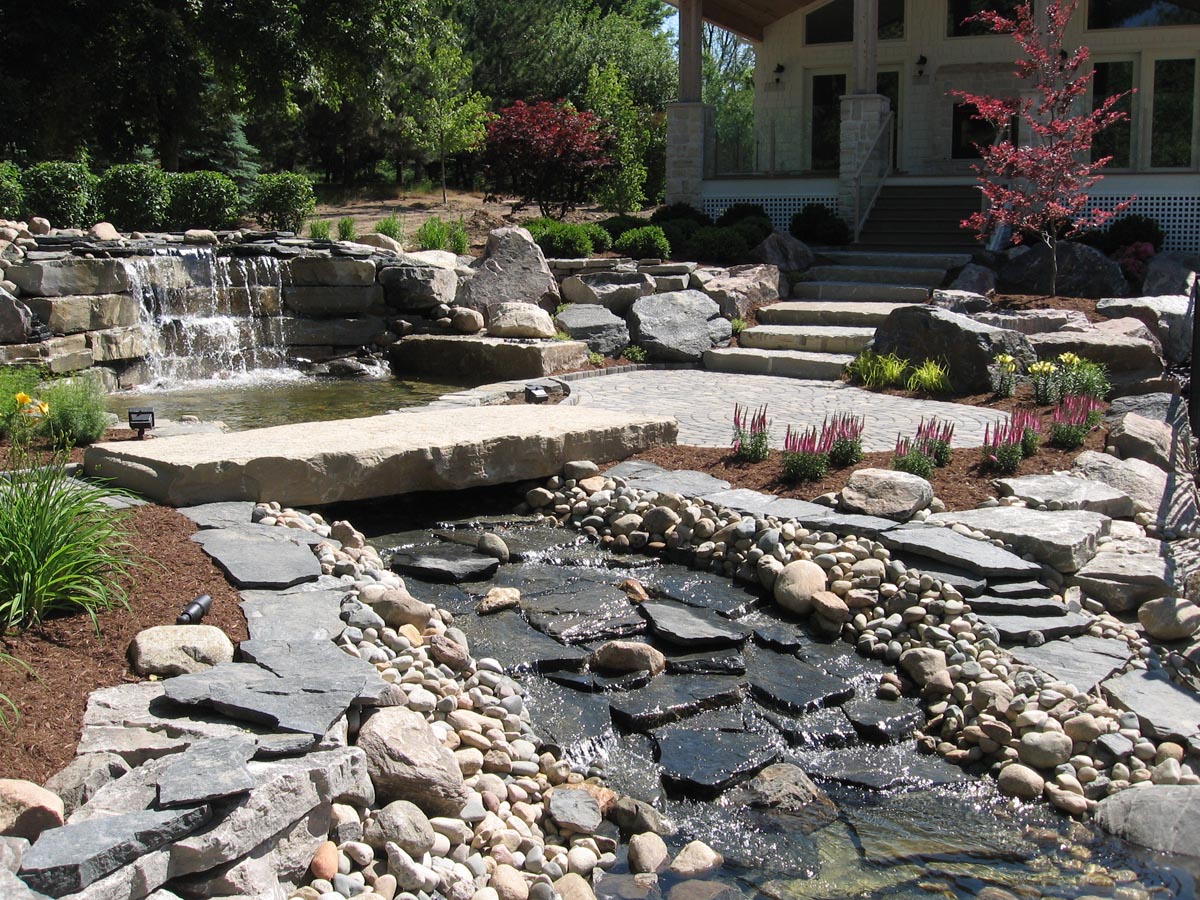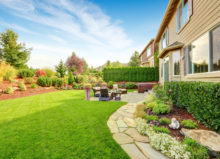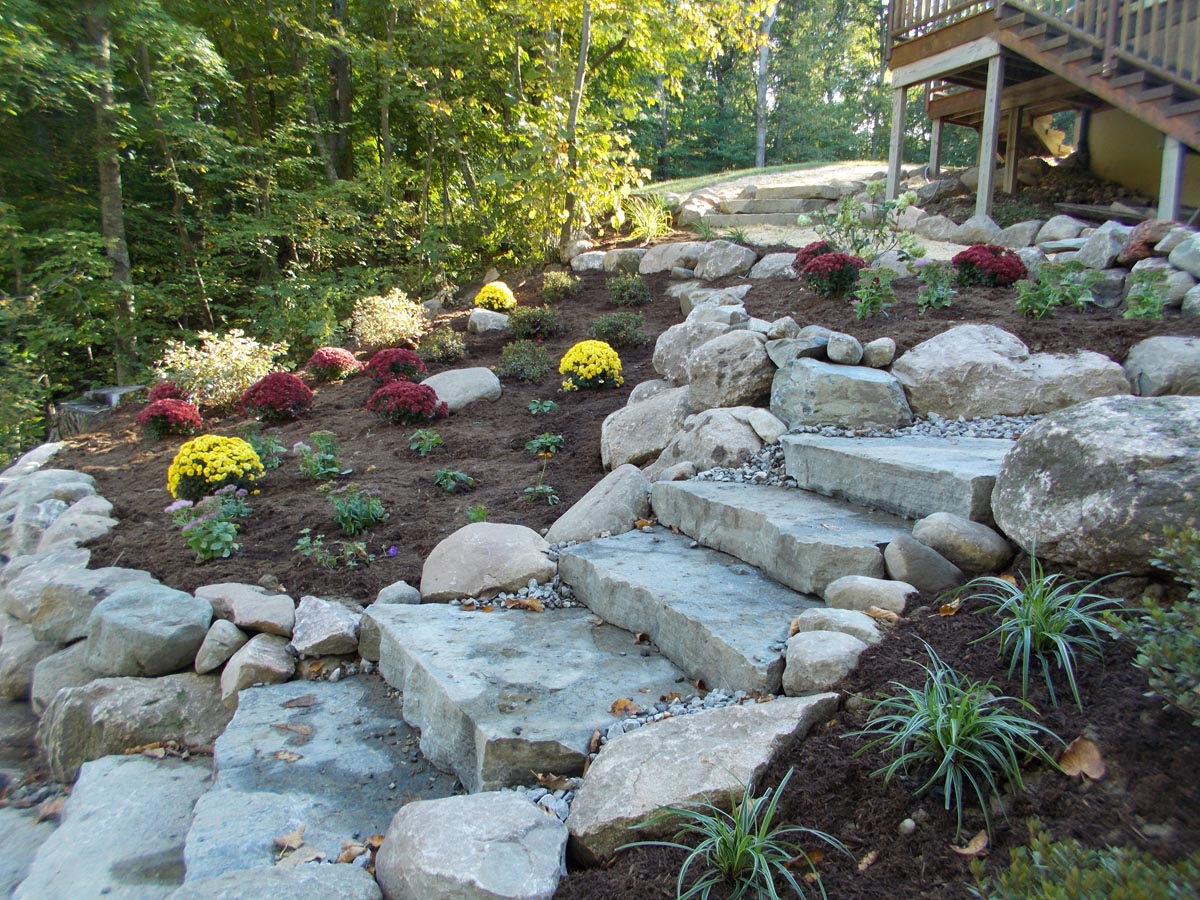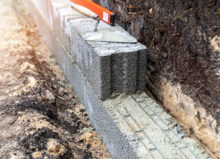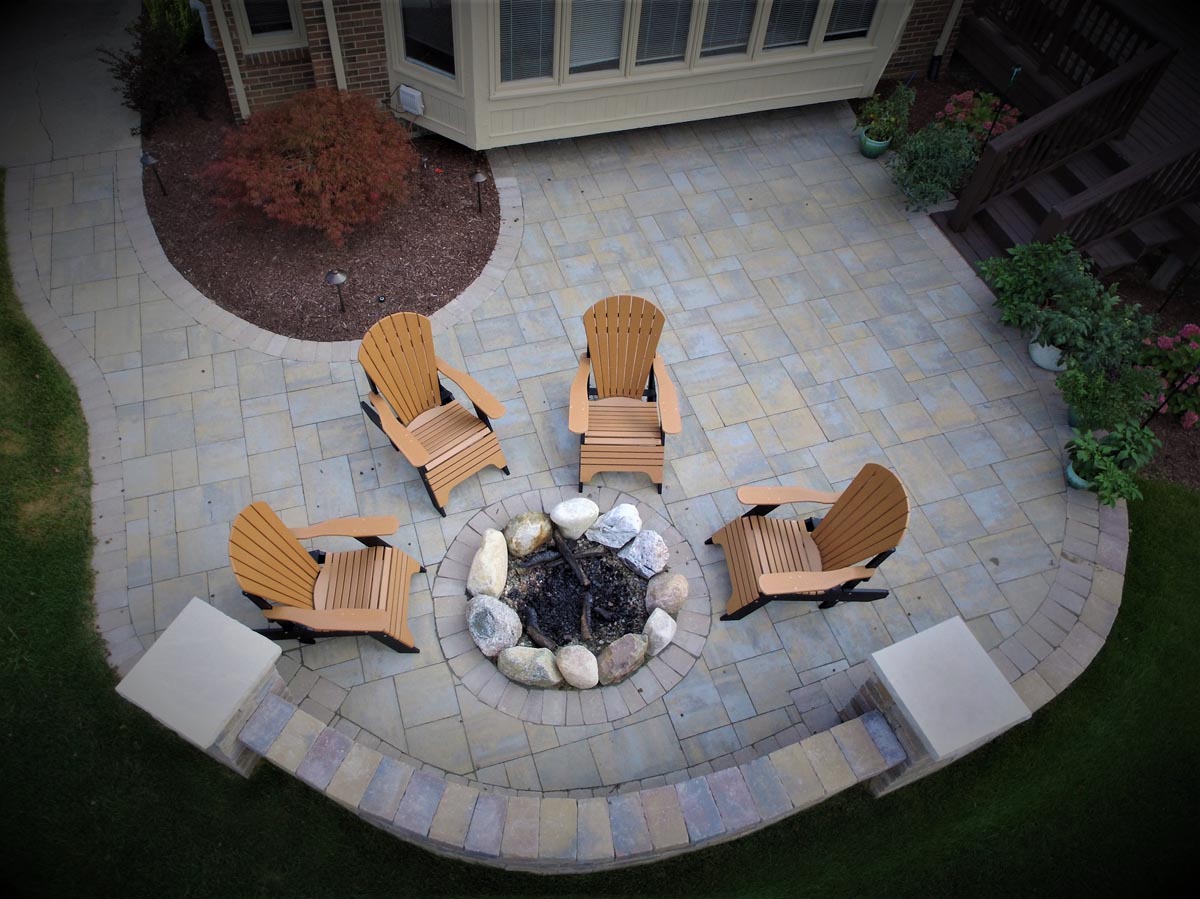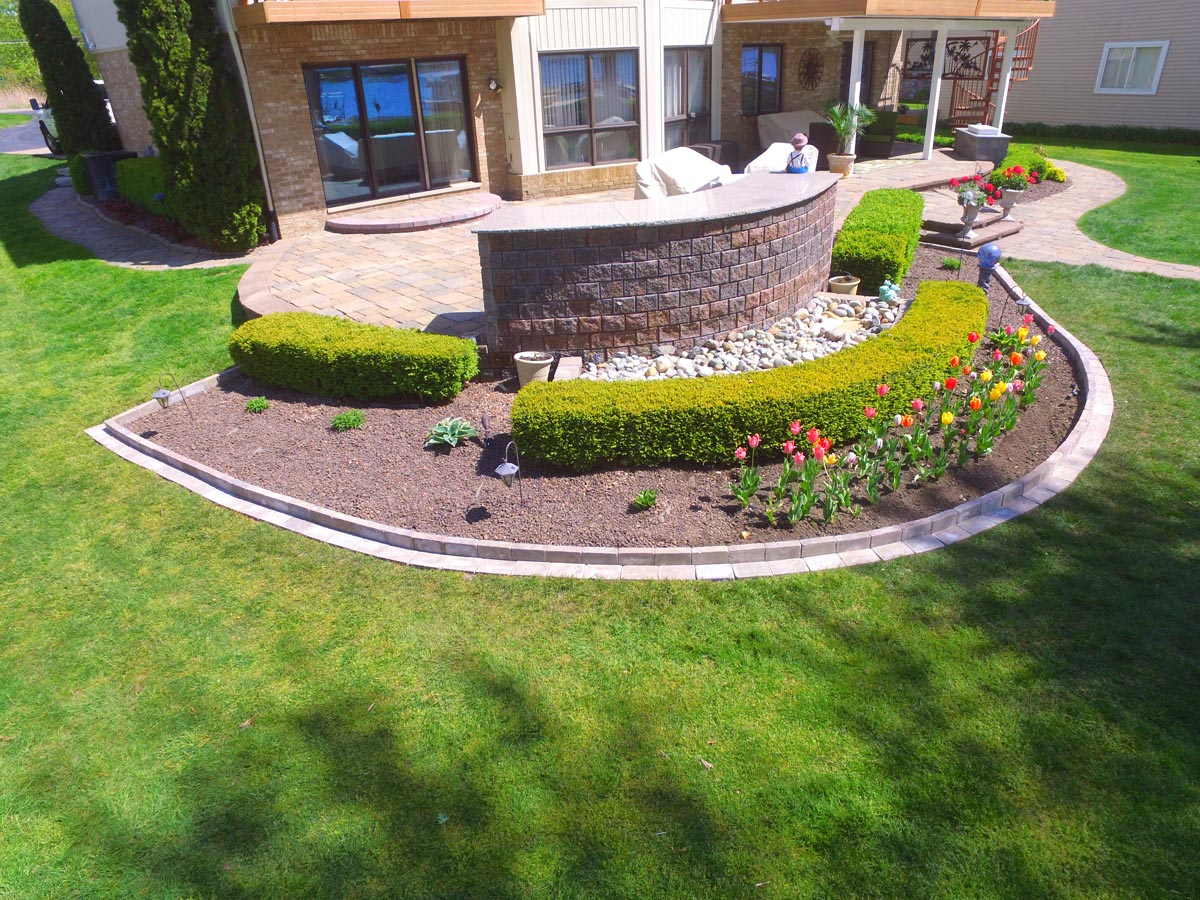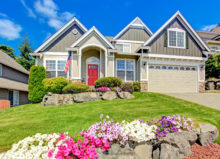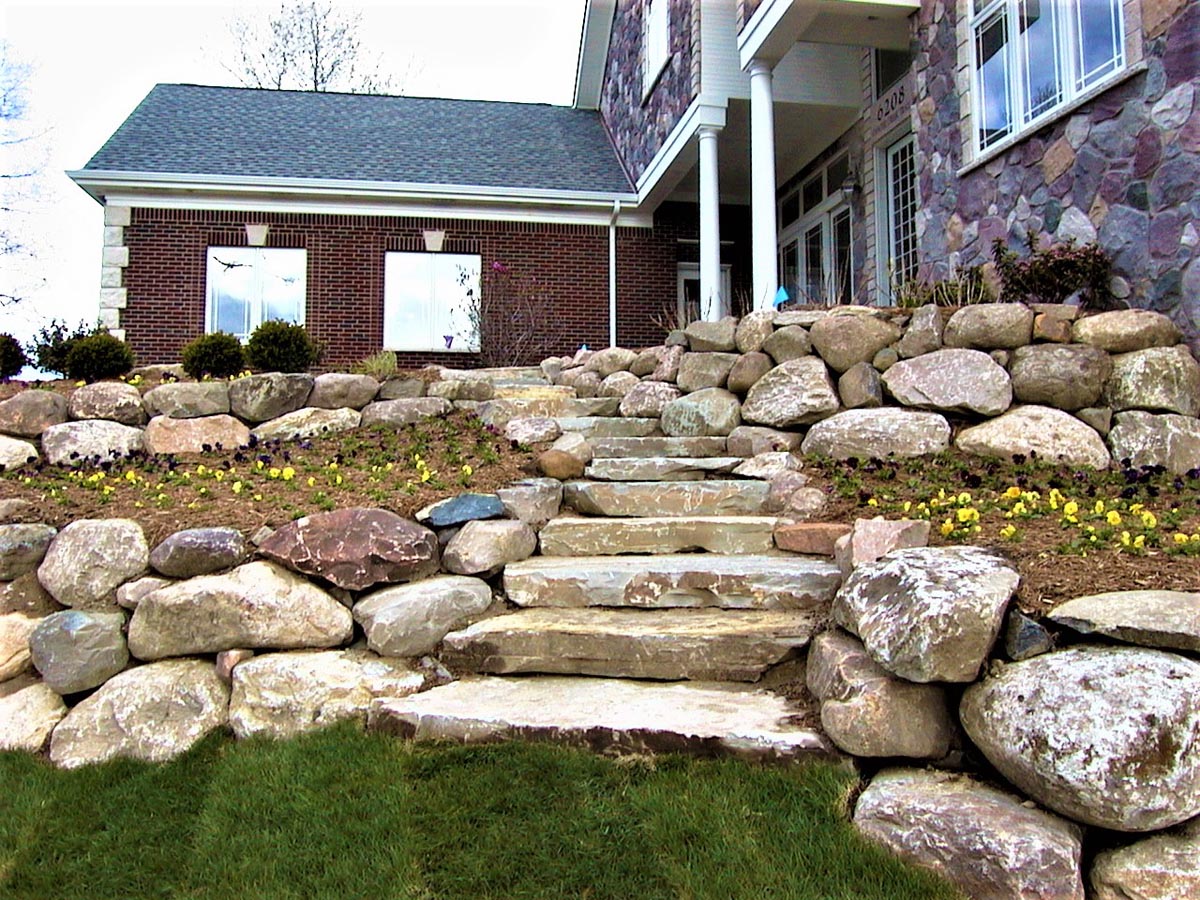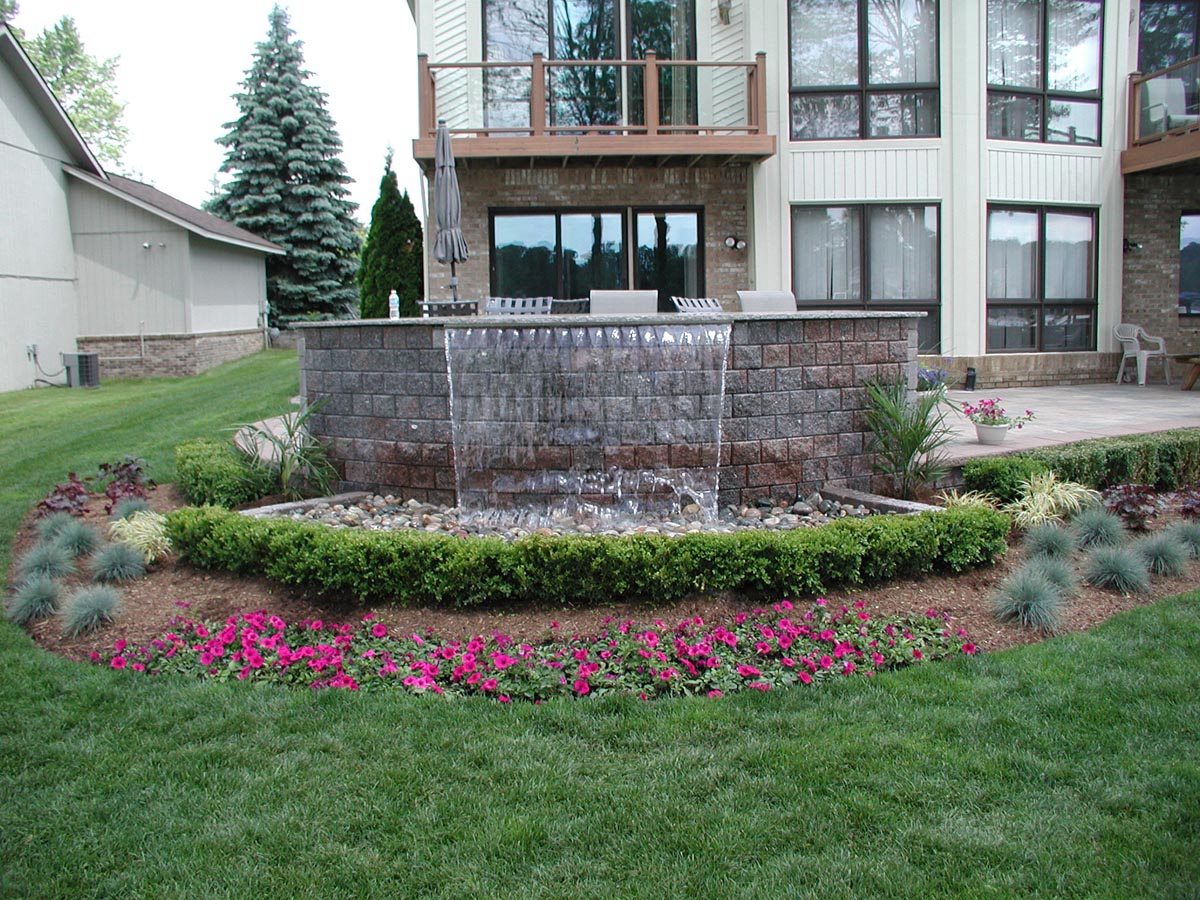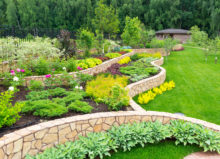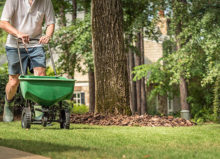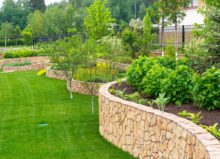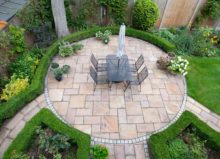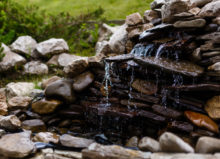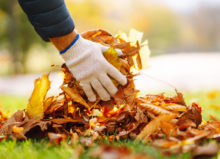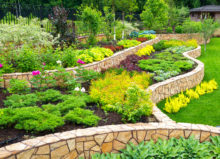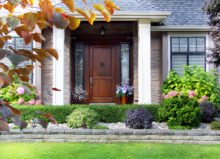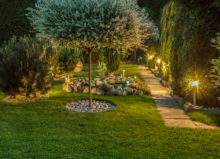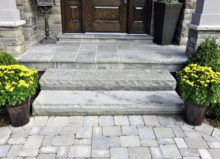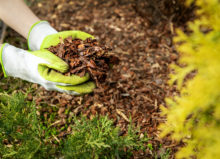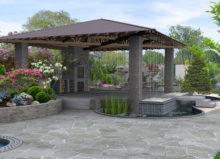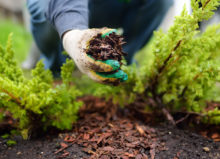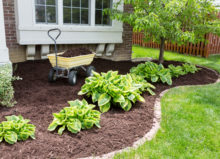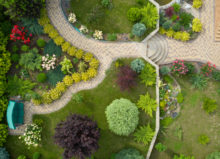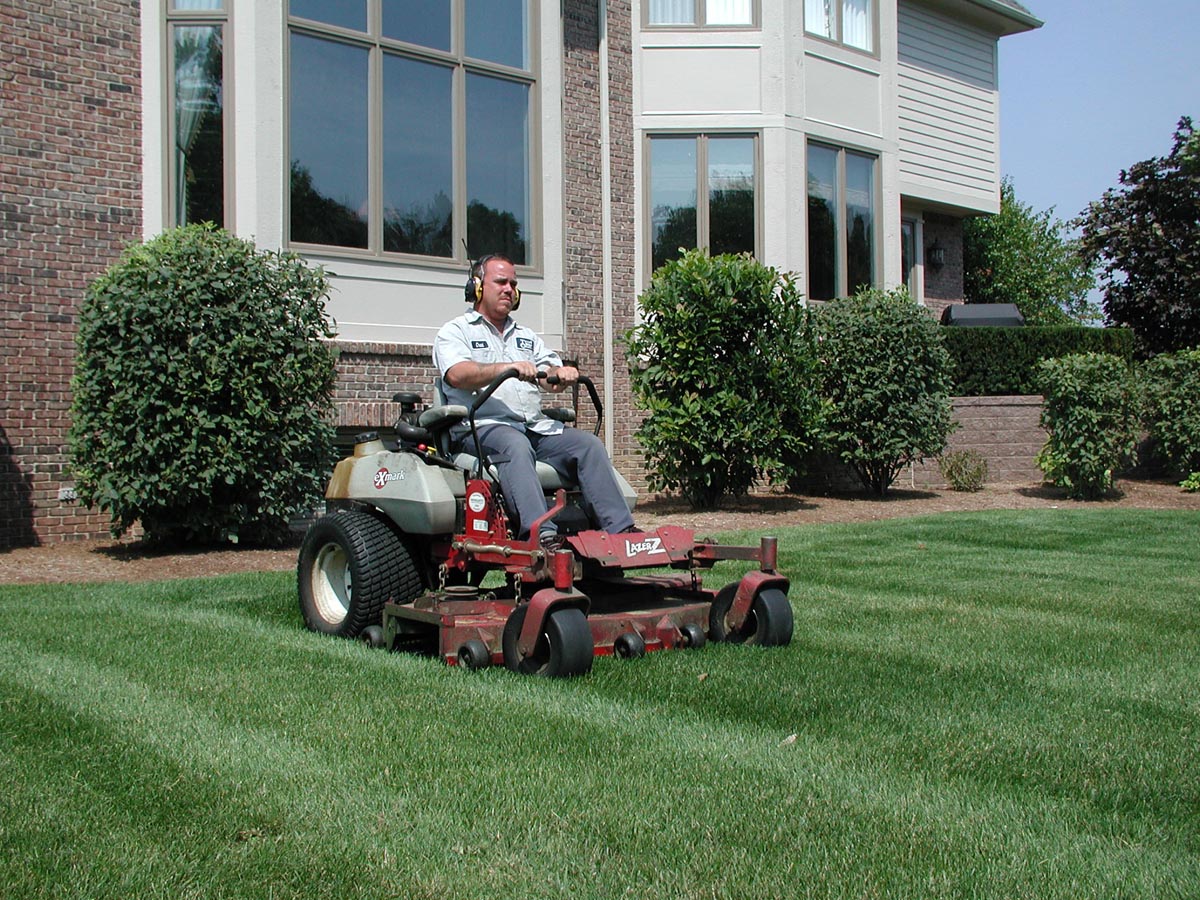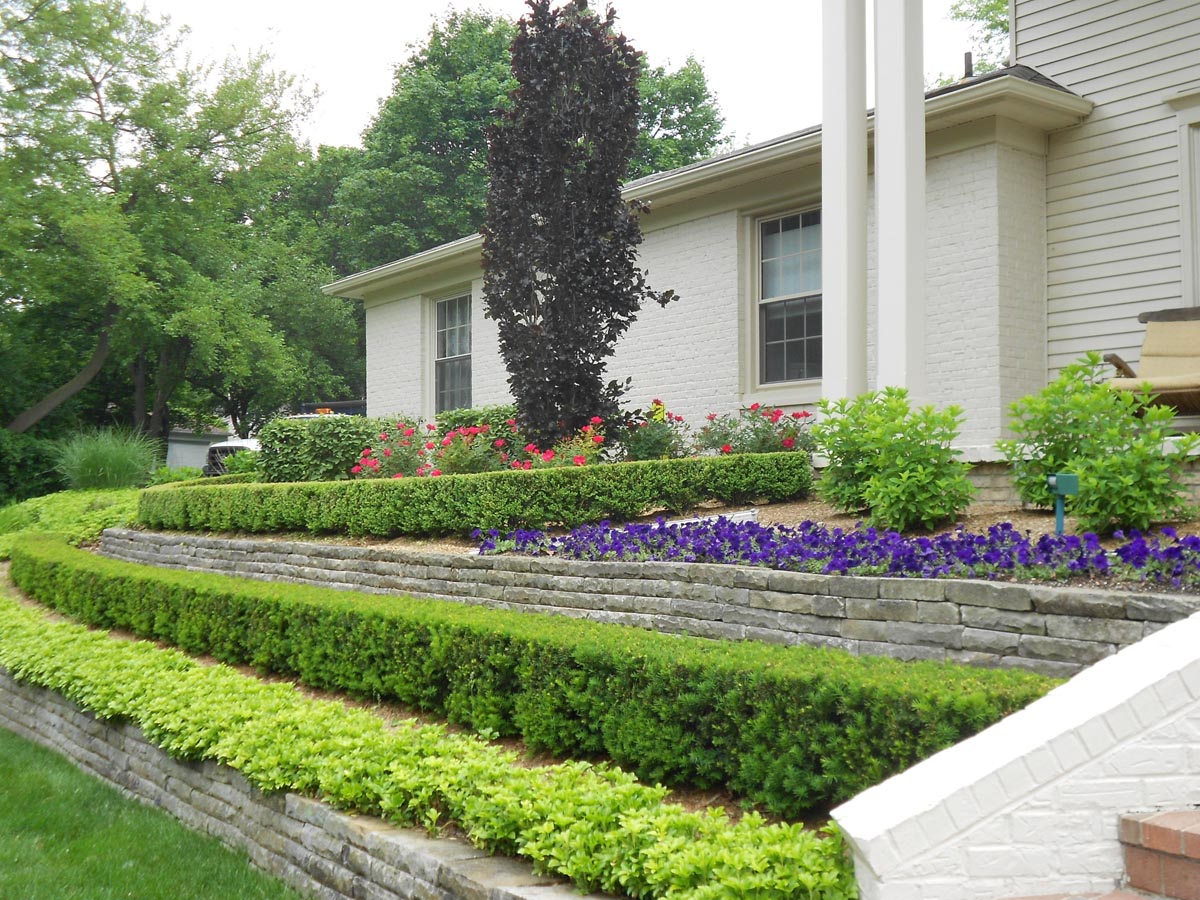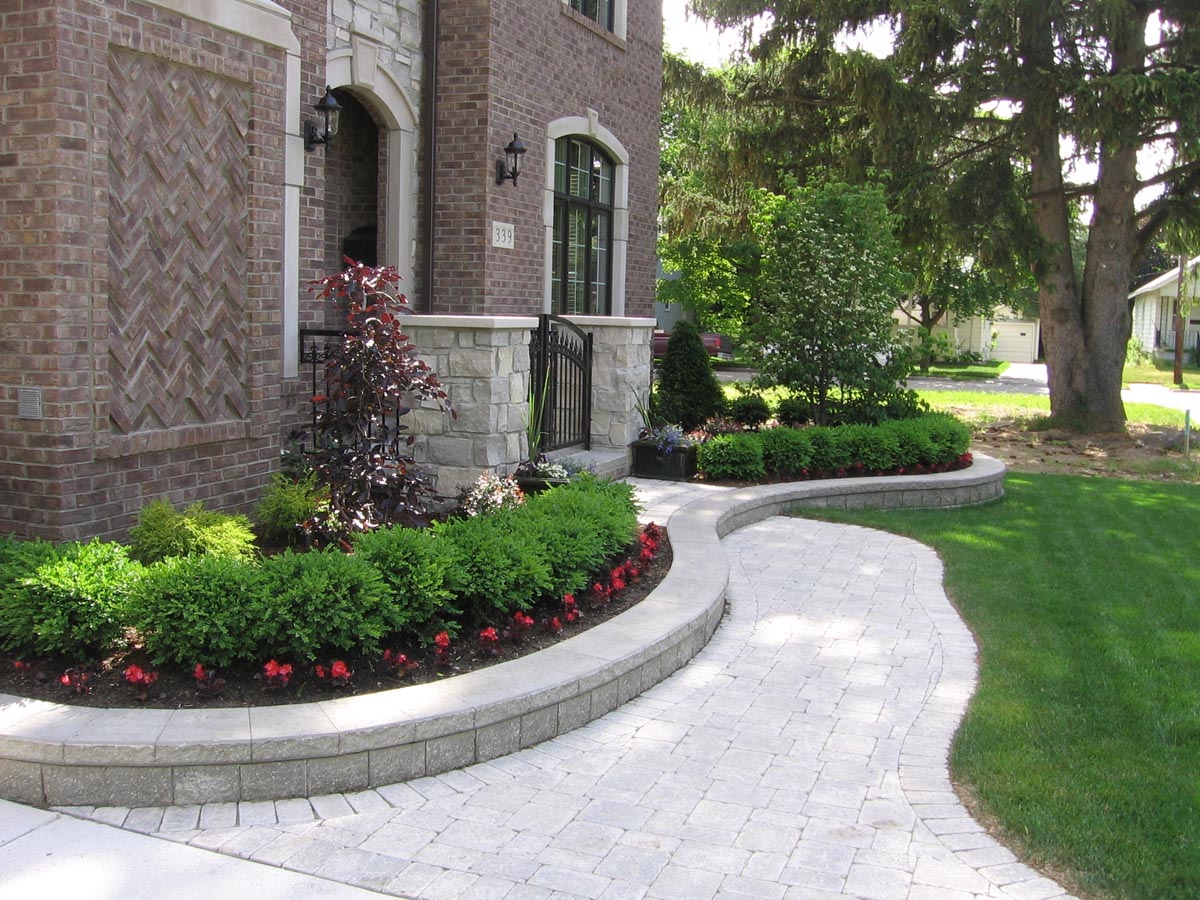How to Design a Wildlife-Friendly Garden This Spring
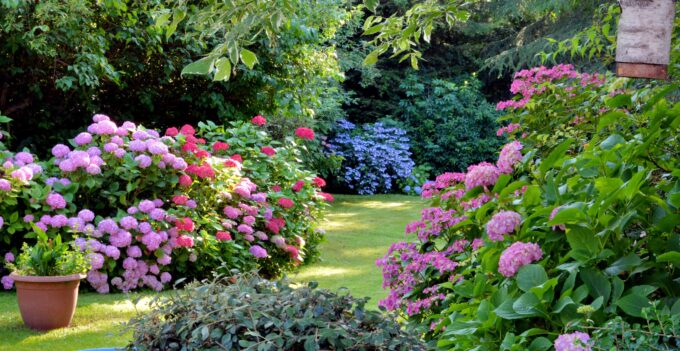
Designing wildlife-friendly spaces offers many advantages (unless you’re an avid fruit or vegetable gardener). By creating a habitat that supports local wildlife, you’re contributing to biodiversity and helping pollinator populations. And, whether you’re watching a deer eat an afternoon snack or a bird having a morning splash, you get the pleasure of observing wildlife from your own backyard.
In this article, we’ll guide you through the essentials of designing your own wildlife-friendly garden, including tips on what to plant.
Start With a Natural Landscape
First—what natural landscape are you most interested in creating? There are a lot of options to consider, including forests, shrubland/woodlands, and grasslands. Each of these ecosystems offers unique benefits and habitats for different wildlife species.
Forests, with their diverse layers from the canopy to the understory, provide shelter and food for many animals and insects. Shrublands and woodlands offer a mix of woody plants and open areas that attract birds and small mammals. Lastly, grasslands provide an open landscape ideal for insects and ground-nesting birds.
When creating natural forest landscapes, you’ll want to do layered planting: tall trees, shorter understory trees, shrubs, and ground cover. If you want to create a shrubland or woodland, incorporate native shrubs and trees throughout your landscape, like Blackhawk Virburnums, Common Ninebarks, Dogwoods, and Black Gum trees. And if you want to mimic a grassland, use a mix of native grasses and wildflowers, which attract pollinators, require less maintenance, and are more resilient to climate change.
If you have a shadier area, you may want to opt for a forest or shrubland/woodland because plants native to grasslands need full sun.
Note:
The extent to which you can replicate these natural landscapes will depend on the size of your space, with larger areas offering more possibilities for diverse habitats.
Select the Right Ground Cover
Once you’ve figured out which natural landscape to create, you’ll want to plant ground cover in your garden or other landscaping area.
Ground cover plays a significant role in inhibiting weed growth and masking the appearance of existing weeds, leading to a healthier and more attractive garden.
Use ferns or moss for forest-like areas, which provide a lush, green carpet and attract insects like butterflies.
In shrubland or woodland settings, plant low-growing wildflowers and native grasses, like Blazing Star, Bluebonnet, Prairie Dropseed, and Northern Sea Oats, which provide food and nesting materials for birds, attract various species of moths and butterflies and provide shelter for small mammals.
Lastly, if you’re mimicking grassland, you can use different native grass varieties, like Little Bluestem and Switchgrass. Bluestem has blue-gray-green blades that turn a beautiful reddish-bronze in autumn—it’s also extremely adaptable to harsh conditions and poor soils. Switchgrass is also known for its dramatic red, yellow, and gold tones in the fall and provides exceptional cover during the winter. You can also consider creeping thyme, which offers nectar for bees and habitat for ground-nesting birds.
Consider Drought Tolerant Plants
If you want to create a low-maintenance garden, install drought-tolerant plants that can grow in your hardiness zone.
We recommend Cranesbill Geraniums for forest-like areas. They are adaptable to many conditions, bloom from spring to fall, and can be used for erosion control, pathway edging, and mixed borders. You could also install Bugleweed, a tough, mat-forming ground cover that is okay with dry, shady areas and blooms in attractive variegations.
If you’re building a shrubland or woodland, use Russian Sage or Lavender. Both are drought-tolerant and can survive through harsh Michigan winters. Lavender will even turn a pretty blue in the winter.
For grassland areas, plant California Poppies or Yarrow. Yarrow, in particular, has long-lasting flowers and can bloom in many colors.
Add Color
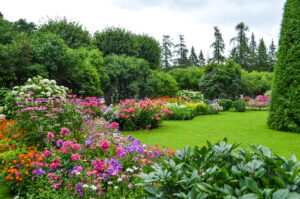
Although finding plants that can grow in your climate and fit into your natural landscape is essential, choosing a color theme is just as important.
Your options are limitless—you can stick to a uniform color palette or use colors that complement each other. Read this article to learn more about the concept of color in landscape design.
We recommend the following flowers because they attract pollinators and can be grown in Michigan:
- Black-Eyed Susan: With the right growing requirements, Black-Eyed Susans produce bright yellow flowers with a dark center. This would be a perfect addition to a grassland environment, as these flowers need full sun.
- Purple Coneflowers: Coneflowers are another full-sun flower that will thrive well in a grassland environment. It’s known for its striking purple-pink (and sometimes white) flowers and is a favorite among butterflies, bees, and birds.
- Trilliums: These woodland flowers are perfect for shaded areas and attract native bees. Depending on the variety, you can find Trilliums that bloom white, yellow, red, or purple.
- Wild Columbine: These unique red-and-yellow flowers are also ideal for forest gardens and will attract hummingbirds and butterflies.
- Bee Balm: This plant will bloom in vibrant purple starbursts when grown in the right conditions (partial shade). As the name suggests, it’s a favorite among bees, but it’s also known to attract butterflies and hummingbirds.
- Butterfly Weed: Although it’s called a “weed,” the Asclepias tuberosas produce bright orange flowers that attract butterflies. Please note that this plant tends to spread (up to two feet) and is considered invasive as it can easily reseed. Butterfly weed is ideal for shrubland/woodland spaces and some forested areas that receive partial sun.
Mix Short & Tall Plants
Mixing short and tall plants will create a pleasant layered look that adds visual depth and interest. It will also support various wildlife by offering diverse habitats and food sources.
We recommend the following combinations:
- Forested Environments: Hostas (short) are known for their large, heart-shaped leaves and shade tolerance and are known to attract hummingbirds. Pair this with Butterfly Weed, which grows up to three feet tall and attracts insects and monarch butterflies.
- Shrubland/Woodland: Dianthus is a low-growing perennial with fragrant flowers. The pink-purple blooms of the Dianthus will pair nicely with the purple-blue flowers of the Russian Sage, which can grow up to five feet.
- Grassland: Creeping Phlox is a ground cover with tiny, fragrant blooms that attract all types of pollinators. Plant Goldenrod among the Creeping Phlox—Goldenrod has fluffy yellow flowers that bees love and will grow up to four feet tall.
Incorporate Living Mulch
Most standard gardens incorporate wood mulch to insulate hardier plants during the winter, prevent weed growth during spring, summer, and fall, and help plants retain moisture during drier periods.
For wildlife-friendly spaces, consider adding living mulch, a layer of low-growing plants that cover the soil similar to traditional mulch. It will also retain moisture and suppress weeds while providing habitat and food sources for insects, birds, and other wildlife. In addition to being functional, living mulch adds beautiful color and texture to gardens from spring to winter.
Mix Annuals & Perennials
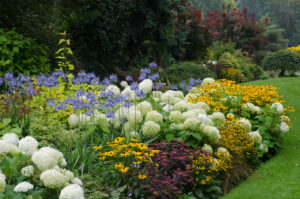
Adding annuals and perennials to your garden is also important for ensuring continuous blooms and visual interest throughout the growing season. Annuals are plants that die after one season, while perennials come back year after year and usually have a longer blooming period.
We recommend planting Impatiens and Begonias for forested environments, which are shade-loving, colorful annuals, and Trilliums and Wild Columbine perennials.
If you’re designing a woodland/shrubland environment, we recommend Marigolds and Petunias. These annuals attract pollinators, hummingbirds, and many beneficial insects like ladybugs and hoverflies, which feed on aphids and other harmful pests. Pair these annuals with perennials like Bee Balm and Butterfly Weed, which will also attract bees, butterflies, and hummingbirds.
Lastly, grassland environments will benefit from annuals like Sunflowers and Zinnias, which support birds and butterflies, and perennials like Black-Eyed Susan and Purple Coneflower.
Add a Water Feature
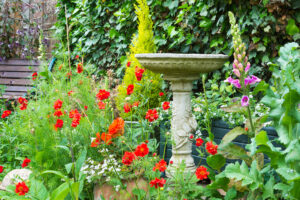
Bird baths and fountains are vital water sources for birds, deer, and other animals. If you’re aiming to attract birds specifically, placing a hummingbird feeder and a regular bird feeder near the water feature can be highly effective. However, be aware that hummingbird nectar can attract stinging insects.
Reduce Lighting
Outdoor lighting significantly enhances visibility and safety for humans but disrupts the natural habitat of nocturnal creatures like bats. To create a welcoming environment for these critters, minimize or eliminate your outdoor lighting, and consider adding bat houses, logs, or native shrubs and trees that produce fruits and nuts. You can also establish a small pond or leave a damp area in your garden to attract amphibians and nocturnal insects.
Additional Tips
When designing and maintaining your wildlife-friendly space, please use the following tips:
- Don’t use insecticides, herbicides, or weed killers, as they can harm the very creatures you’re trying to attract.
- Don’t remove leaves. They provide habitat and food sources for wildlife. Additionally, when the leaves break down over time, they will add nutrients to the soil and the plants growing in it.
- Use compost when you can. Composting is a great alternative to chemical fertilizers and enhances soil health naturally. Add compost to your garden in the spring and fall. If composting at home, remember to add waste that is high in carbon and nitrogen. Generally, you will want more carbon than nitrogen in the compost.
- Avoid constant pruning to allow plants to grow more naturally and to provide shelter and food for wildlife.
- Always stay aware of any landscape guidelines set by your municipality or HOA to ensure your garden aligns with local regulations.
Let Design One Help You Create Your Garden
Design One is proud to be one of Michigan’s leading landscape design companies. We’re committed to helping homeowners and businesses create eye-catching, functional spaces. If you’re interested in designing a wildlife-friendly garden, contact us today to schedule a project consultation with one of our experts.

